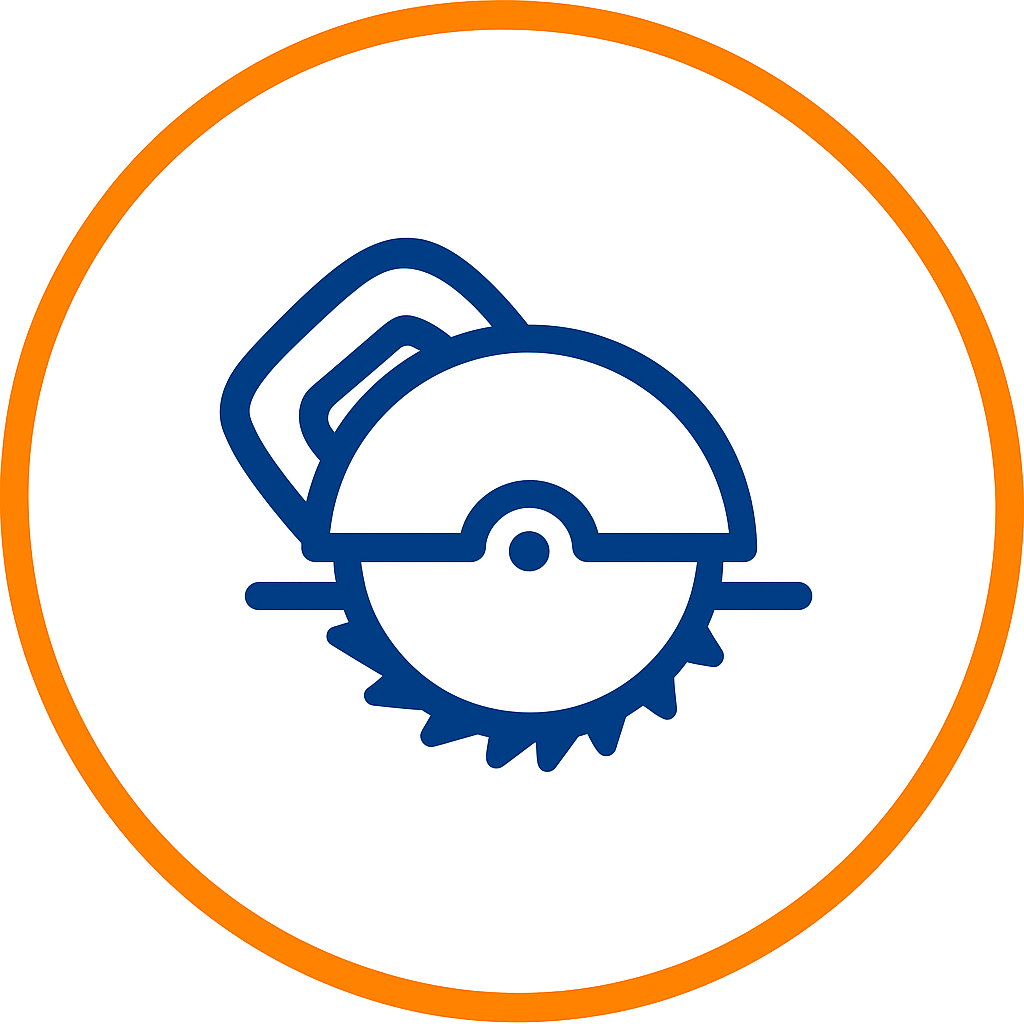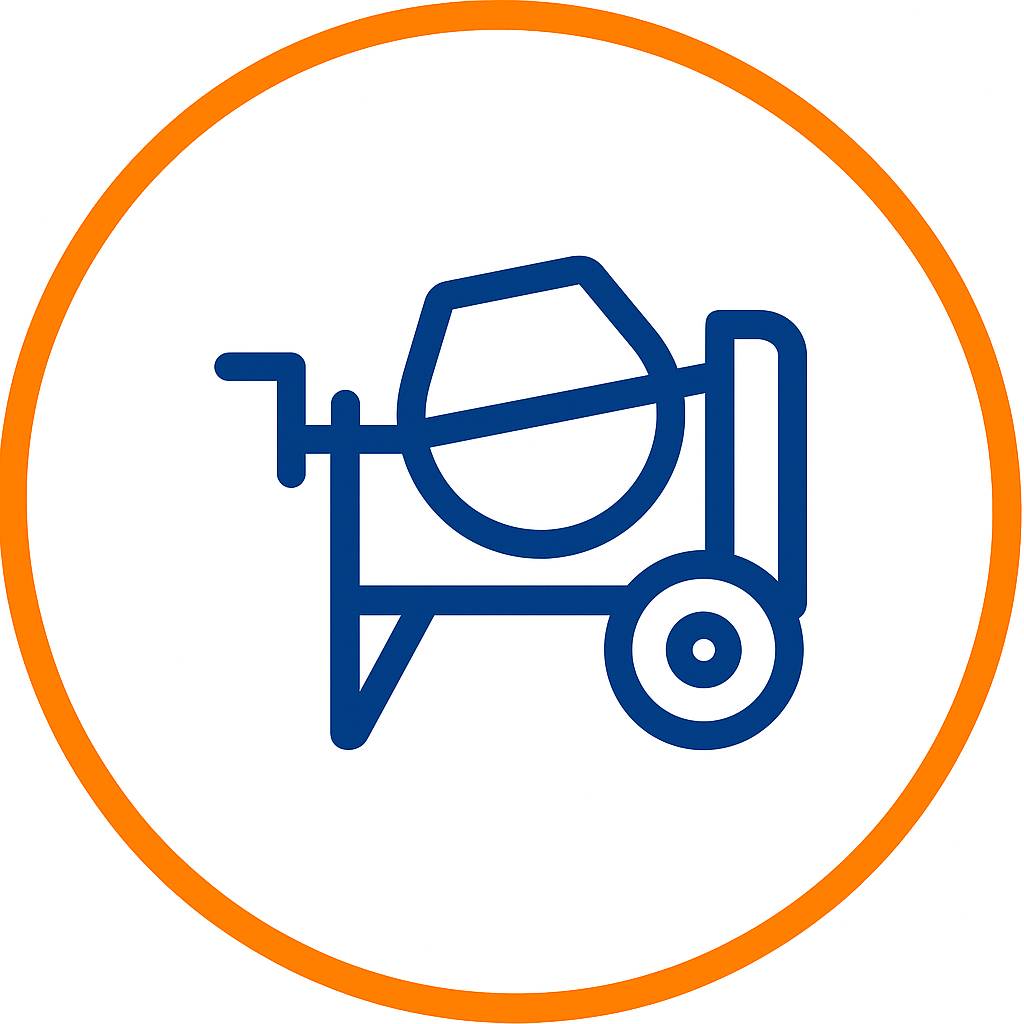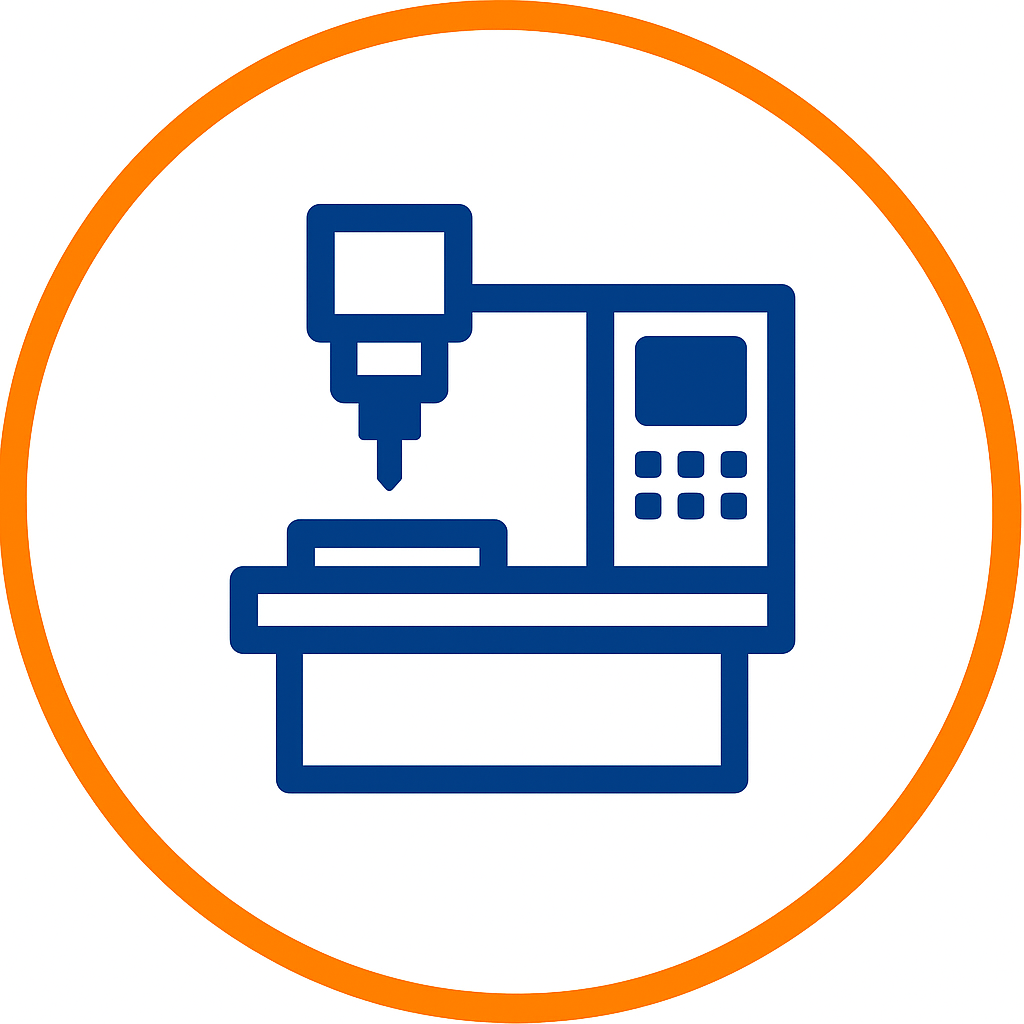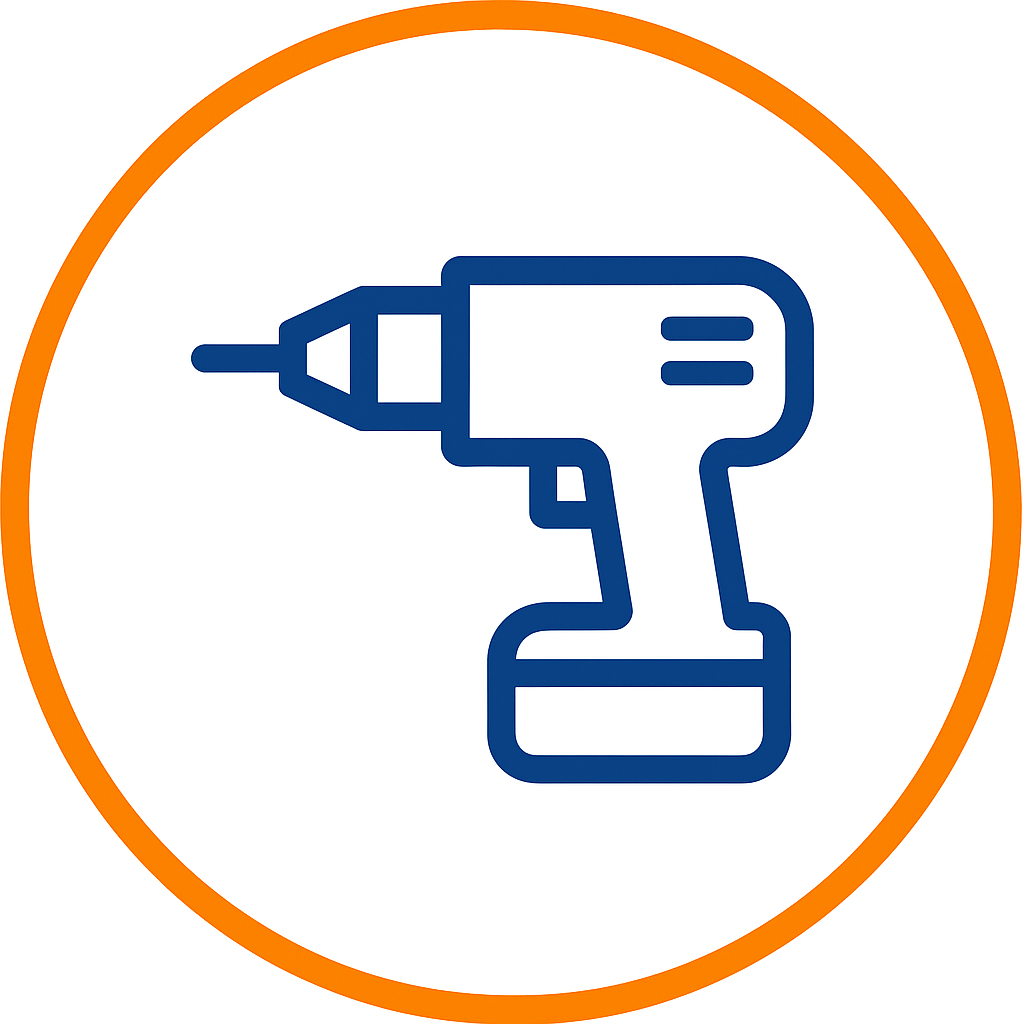PUWER Regulations: UK Work Equipment Safety Rules
The Provision and Use of Work Equipment Regulations 1998 (PUWER) were introduced to ensure that any equipment used in the workplace is safe, suitable, and properly maintained. Whether it’s a handheld drill, a conveyor belt, or a production machine, PUWER places legal duties on employers and those in control of work equipment to keep employees and others safe.
This comprehensive guide explains the key aspects of PUWER in simple terms. By the end, you’ll understand who the regulations apply to, what your responsibilities are, and how to stay compliant. SEIS Engineering provides professional inspection, risk assessment, and compliance support to help companies meet PUWER standards.
What is PUWER?
PUWER is a UK regulation designed to ensure that all equipment provided for use at work is safe to use, maintained properly, and used only by trained personnel.
What Does PUWER Stand For?
PUWER stands for:
-
Provision and Use of Work Equipment Regulations
When Did It Come into Force?
PUWER came into effect on 5 December 1998, replacing older regulations and aligning with European directives. It is enforced by the Health and Safety Executive (HSE).
Why Was It Introduced?
PUWER was introduced to reduce the number of accidents caused by unsafe or misused equipment. It supports a proactive approach to managing risk by requiring inspections, training, and the safe design and selection of equipment.
When Does PUWER Apply?
PUWER applies to all workplaces where work equipment is used.
What is Considered Work Equipment?
Work equipment includes:
-
Hand tools (e.g. hammers, saws)
-
Power tools (e.g. drills, grinders)
-
Machines (e.g. lathes, CNC machines, presses)
-
Lifting equipment (cranes – which must also comply with LOLER)
-
Conveyors and production lines
Real-World Applications
| Workplace | Equipment Example | PUWER Relevance |
|---|---|---|
| Construction | Power saws, concrete mixers | Must be inspected regularly and used by trained staff |
| Manufacturing | CNC machines, drills | Must be maintained and have safety features like guards |
| Warehousing | Storage racking, hand trucks | Must be suitable and only operated by trained personnel |
SEIS Engineering supports a wide range of sectors with PUWER assessments, equipment risk logs, and tailored compliance plans.




What PUWER Does NOT Cover
-
Household/domestic equipment used outside of work
-
Transport vehicles on public roads (covered by separate regulations)
Key PUWER Requirements
To comply with PUWER, employers and duty holders must meet several legal duties:
1. Suitability of Equipment
-
Equipment must be fit for purpose and suitable for the environment
-
It must be installed correctly and used in line with manufacturer guidance
-
Assess risks linked to the equipment’s use, condition, and environment
2. Maintenance and Inspection
-
Equipment must be kept in good working order
-
Have a schedule for routine maintenance and servicing
-
Safety-critical equipment should be formally inspected at set intervals
3. Training and Supervision
-
Only trained and competent people should operate equipment
-
Provide clear instructions and supervision
-
Keep records of training provided
SEIS Engineering helps develop maintenance plans, provides operator training audits, and carries out scheduled inspections to meet PUWER obligations.
Need Support with PUWER? Get in touchResponsibilities Under PUWER
Who is the Duty Holder?
Those with legal responsibilities under PUWER include:
-
Employers who provide work equipment
-
Self-employed people using work equipment
-
People in control of premises or site operations
Role of the Competent Person
A competent person under PUWER should:
-
Understand risks associated with work equipment
-
Be trained in PUWER compliance
-
Conduct or oversee safety checks
Employee Duties
Employees must:
-
Use equipment in line with training
-
Report any faults immediately
-
Not override or disable safety features
SEIS Engineering offers expert-led training and compliance checks that empower both employers and employees to meet PUWER duties confidently.
Need Support with PUWER? Get in touchPUWER Inspection and Recordkeeping
Types of Inspections
PUWER inspections can include:
-
Initial checks before new or modified equipment is used
-
Routine checks (daily/weekly depending on risk)
-
Thorough examinations at longer intervals
What to Record
| Document | Retention Period |
| Inspection records | At least until the next inspection |
| Maintenance logs | As long as equipment is in service |
| Operator training logs | While the employee uses the equipment |
Key Things to Include
-
Who carried out the inspection
-
What was checked
-
Any faults found and actions taken
SEIS Engineering can implement an equipment logbook system and automate reminders for upcoming inspections.
Legal Consequences of Failing to Comply with PUWER
What Happens if You Don’t Comply?
Failure to meet PUWER duties can result in:
-
HSE enforcement notices (improvement or prohibition)
-
Fines ranging from thousands to hundreds of thousands of pounds
-
Prosecution or imprisonment in serious cases
Real Example
A furniture factory was fined £90,000 after an employee lost fingers on a woodworking machine that lacked proper guarding. An HSE inspection found no maintenance records or evidence of risk assessments.
HSE Enforcement
HSE inspectors can:
-
Visit without notice
-
Demand access to equipment and documentation
-
Issue notices or prosecute where breaches are found
SEIS Engineering helps you stay prepared for HSE inspections with proactive compliance audits and real-time risk documentation.
Top Tips for PUWER Compliance
Keep an Up-To-Date Equipment Inventory
-
Tag all work equipment
-
Use digital logs to track maintenance and training
-
Ensure all users are assigned to specific machines
Review Risk Assessments Annually
-
Assess risks of each equipment type
-
Update if work processes or environments change
Train and Refresh Staff Regularly
-
Provide clear guidance for each machine
-
Use signage and on-site instruction sheets
-
Keep a record of who has been trained and when
SEIS Engineering offers on-site PUWER training, risk assessments, and digital compliance solutions tailored to your business needs.
Need Support with PUWER? Get in touchPUWER vs Other Regulations
| Regulation | Purpose | Applies To |
| PUWER | Ensures all work equipment is safe to use | Tools, machinery, conveyors |
| LOLER | Focuses on lifting operations and lifting gear | Cranes, slings, hoists |
| PSSR | Covers pressure systems under high pressure | Boilers, autoclaves, compressors |
Most workplaces will need to follow PUWER alongside one or more of these regulations.
Summary: What You Need to Know
-
PUWER covers all equipment used at work — from hand tools to industrial machines
-
Requires inspections, maintenance, training, and documentation
-
Applies to all industries, from workshops to warehouses to offices
-
Failing to comply can result in legal action, fines, or injury
-
Compliance is a shared responsibility between employers and employees
Need help with PUWER compliance? SEIS Engineering offers site audits, equipment inspections, and hands-on support to help you stay safe and compliant. Use the button below to Get in Touch.
Need Support with PUWER? Get in touchFrequently Asked Questions About PUWER
PUWER stands for Provision and Use of Work Equipment Regulations 1998. It ensures that all work equipment is suitable, safe, and used properly.
PUWER applies to all employers, self-employed people, and anyone responsible for work equipment in a workplace.
Work equipment includes any machinery, appliance, tool, or installation used at work – from hand tools to factory machinery.
Yes. Lifting equipment is covered by PUWER and must also comply with LOLER if it is used for lifting or lowering loads.
You must ensure equipment is:
- Suitable
- Maintained
- Inspected
- Used by trained staff
- Fitted with appropriate safety features
Inspections must be done before first use, after installation or modification, and at routine intervals, depending on the risk level.
Employers and anyone who has control over work equipment are legally responsible for ensuring compliance with PUWER.
Non-compliance can lead to:
- Fines
- Prohibition notices
- HSE investigations
- Prosecution
Serious breaches can result in imprisonment.
Yes. All users must be trained and competent to operate the equipment safely. Employers must also provide supervision where necessary.
You can read official PUWER guidance on the HSE website, or speak to SEIS Engineering for compliance support.
Get in touch